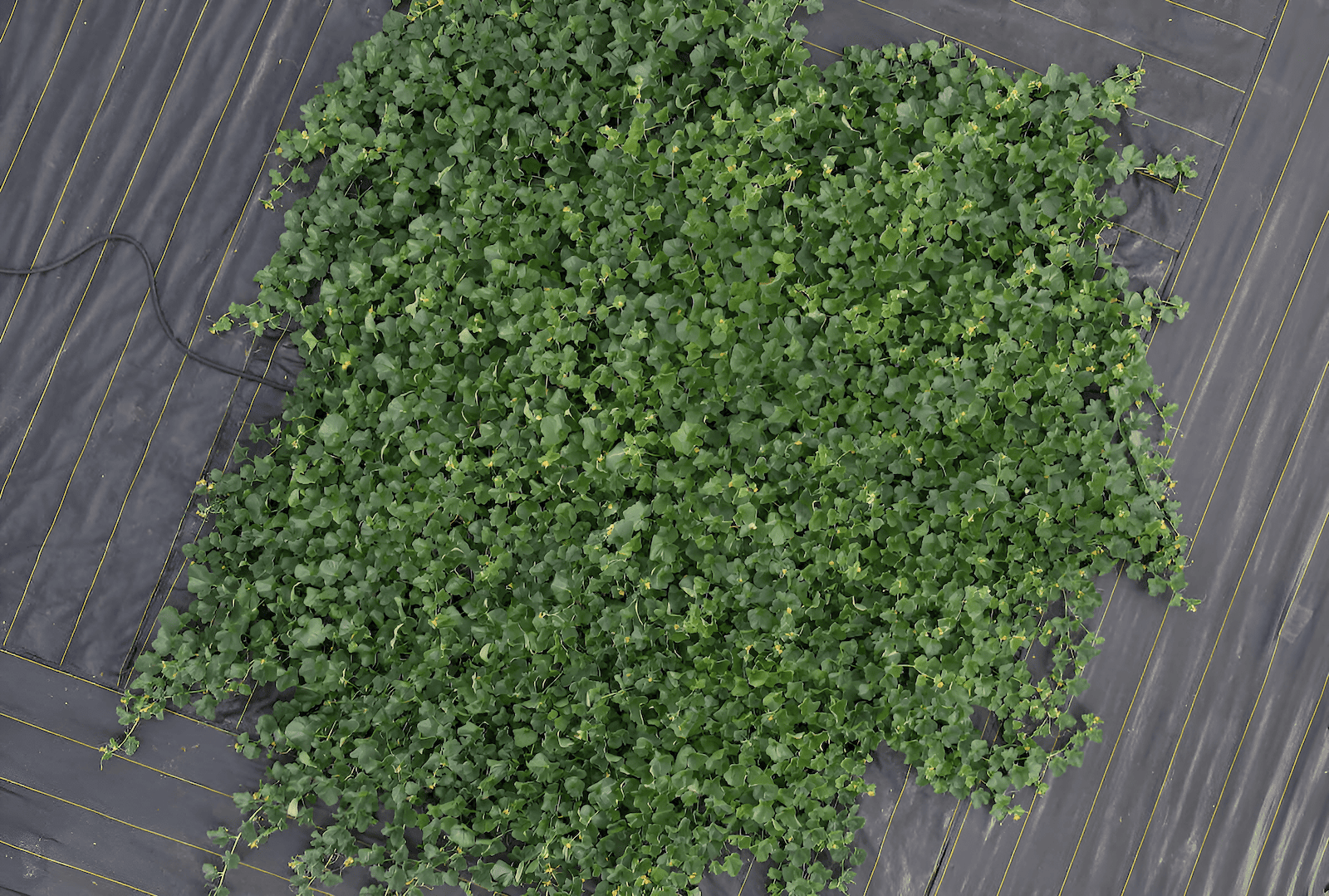
Rooftop agriculture and rooftop farms are related concepts, but they are not exactly the same thing.
Rooftop agriculture involves cultivating crops, vegetables, and plants on rooftops, employing diverse methods such as containers, hydroponics, or raised beds with soil. It encompasses both rooftop gardens, which can range from small plots on single-family homes to those on commercial buildings, as well as rooftop farms.
Rooftop farms are specifically designed for large-scale production of food in densely populated areas of cities, aiming to yield substantial quantities. These farms may use intensive farming techniques, such as manipulated root farming, vertical farming, or hydroponics, to maximize their production capacity. They may also have dedicated infrastructure for irrigation, lighting, and other needs.
Both rooftop agriculture and rooftop farms have many benefits, including maximizing space, improving air quality, and providing local produce. However, rooftop farms typically require more investment, and they can be more challenging to set up and manage than smaller-scale rooftop garden operations.
People want to know where their food comes from, how it was grown and by whom. They want food that is nutritious, healthy, and good for them. They want food that is grown locally, in the communities where they live.
They’re even willing to pay a little more for the confidence that their food is of high quality, helps create jobs to build local economies; safeguards the environment and protects and conserves precious resources like soil and water.
In many parts of the world, it’s not just about fresh produce; it’s about availability. Most cities lost their local farmers generations ago to development and now depend on imports trucked in from wherever for their food supply.
Growing food on the roofs of buildings may be the answer for the millions of people living in cities.
There’s a huge food growing opportunity high above everyone’s heads. With all but a few farm acres lost to development, the only space left to grow is high above the ground; on top the roofs of cityscape high-rises. Crop Circle Farms proposes a transformative change to rooftop agriculture by colonizing city roofscapes with high in the sky farms and gardens to create a building-by-building supply chain of nutritious, fresh produce for the cities of the world. Patented and trademarked in over 40 countries, rooftop Crop Circle Farms ® are productive food propagation technologies that grow food on any rooftop.

Farming on the roof tops of buildings began in Europe over half a century ago and has since spread worldwide with the development of roof adaptable plant growing systems and technologies. Coined, farm above the attic back in the 50's when simple roof access decks where partially utilized for roof top gardens.
A rooftop garden, also referred to as a green roof or rooftop farm, is an elevated garden constructed on the roof of a building. It represents a form of urban agriculture that involves cultivating various plants, including vegetables, herbs, flowers, and fruits, directly on the rooftop rather than in conventional ground-level gardens.
Rooftop gardens are commonly implemented with multiple objectives in mind. They serve as valuable green spaces in urban areas, enhancing the aesthetic appeal and promoting a sense of nature amidst the concrete landscape. Moreover, these gardens contribute to the energy efficiency of buildings by providing insulation and reducing heat absorption, thereby mitigating the urban heat island effect. Another significant benefit is the promotion of biodiversity, as rooftop gardens create habitats for diverse plant and insect species. Perhaps most importantly, these gardens offer the invaluable advantage of providing fresh, locally grown produce, fostering a sustainable and accessible source of food.
Since there is no soil on the roof, it must be brought in. Small amounts are transported using an elevator while large amounts are lifted by crane by the pallet. Older roofs will not support excess weight over the snow load in temperate climates so strategically placed containers are the only option. These can be placed over beams that transverse the roof structure where the ends of roof joists meet. In the tropics, soil weight must not exceed rain weight by more than 10%. To guard against excessive wind blow, containers can be spaced adjacent to perimeter parrot walls. A wide array of garden containers are available for cultivating plants, including terracotta pots. These pots are made of clay and come in diverse shapes and sizes.
Newer buildings are engineered to support the excess weight of a roof top farm, so much so that almost the entirety of the roof may be covered with soil to a depth of 12 inches, which makes this roof space suitable for low bed roof top farming. A special liner is used to protect the waterproof roof membrane from degradation from the soil. A rectangular framed perimeter structure contains the soil and piping components drain excess water. Up high in the sky, there are virtually no weeds to worry about and plants are protected from foraging plant munchers. The bed is deep enough to be tilled and fertilized each season.
Raised beds are a popular type of garden bed that are built above ground level, usually framed by boards, bricks, stones, or other materials. There are different types of raised beds some meant to grow plants at grade and others suitable for roof top agriculture:
Much like a solar system with modular solar panels, rooftop farm panels are designed to interlock and share a common water supply. Any rectangular shaped array can be constructed and ideally are placed one adjacent to another over supporting roof beams. Each farm panel comes soil complete, pre-fertilized and planted or seeded. Legs elevate each panel above the roof membrane to permit under carriage air circulation to stimulate roots and accelerate plant growth. Specialized round panels are used in conjunction with Crop Circle Irrigators to create a Crop Circle Farm that grow vining fruit and vegetables.

Crop Circles Farms ® where specifically designed for roof tops; their lightweight, small footprint features make them ideal for roofs of all types, new and old. A dumbwaiter constructed outside the building can supply a “rooftop to parking lot” marketplace for the public. Alternatively, a “rooftop market” can be built to sell to building residents that could “shop” the rooftop farm via the elevator on weekends.
A rooftop Crop Circle Farm is perfect for vining pumpkin, cucumber, watermelon, cantaloupe, squash, and honeydew crops. Vines grow long, spreading crop weight evenly over the surface of the roof while being protected from wind blow by roof perimeter parapet walls.
Rooftop farms use rooftop agriculture systems to pollinate high in the sky city roofscapes with agricultural technologies to create building-by-building supply chains of nutritious, fresh produce for the millions of people living in cities around the world.
Ready to transform your land into a high-yield, sustainable farm? Let Crop Circle Farms design and build a custom, low-impact, and water-efficient farm tailored to your needs. Double your income and cut your costs in half! Contact Us
Help us expand our mission to revolutionize agriculture globally. We are seeking partners to implement Crop Circle Farms to feed people in need. Together, we can build scalable food production systems that save water, reduce costs, and feed thousands of people. Contact Growing To Give